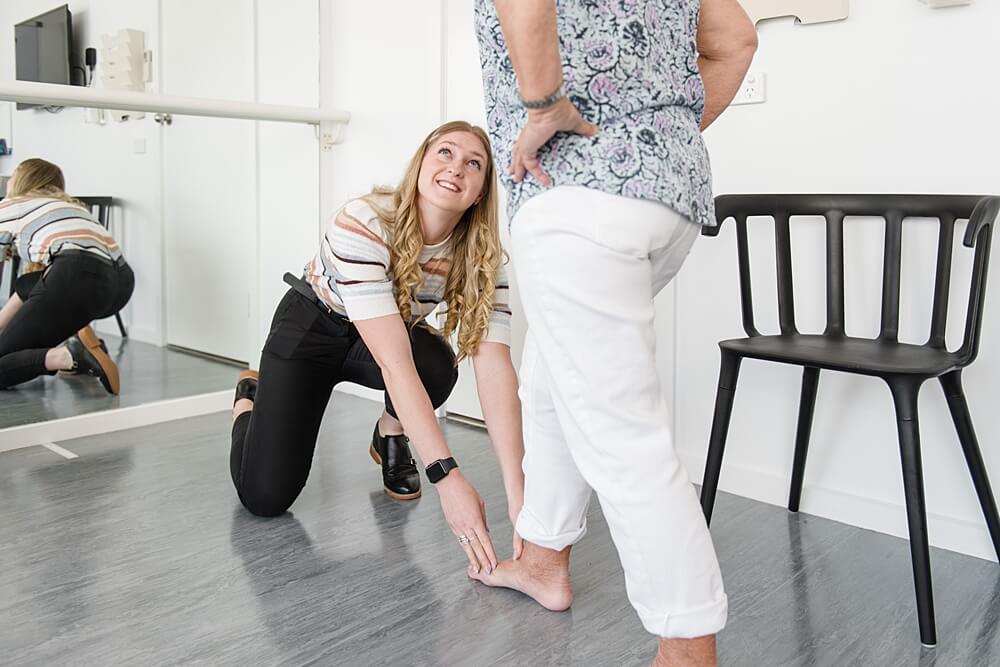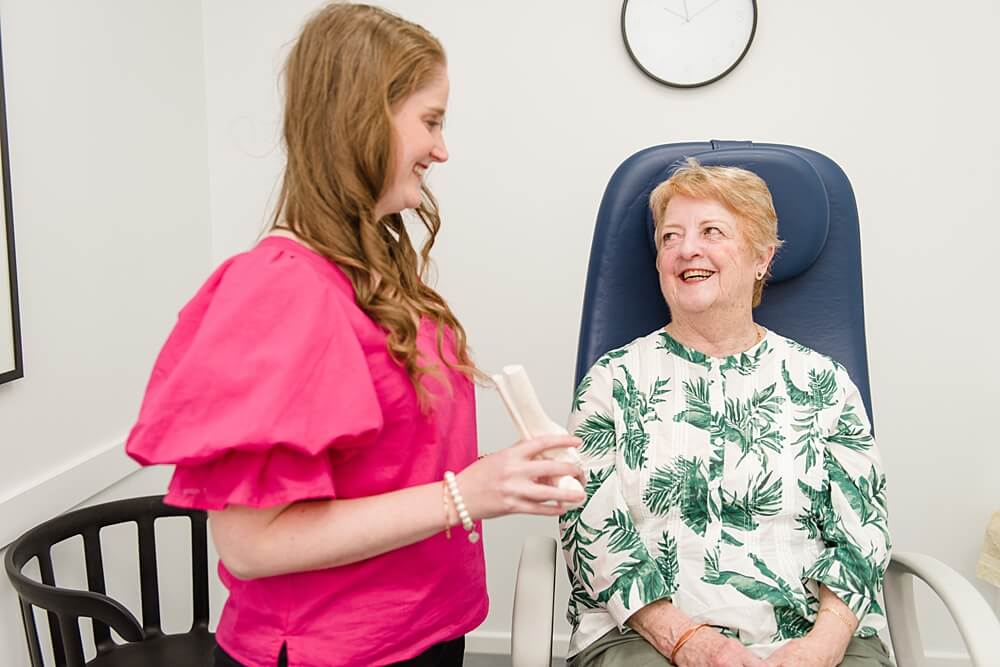Metatarsalgia Treatments: Get Care for your Metatarsalgia with Effective Treatments

Causes:
The causes of metatarsalgia include the following:
Excessive loading of the forefoot
Repetitive impact and pressure on the ball of the foot can cause overuse injuries that result in metatarsalgia. This can be caused by activities such as running, jumping, or dancing.
Hypermobile forefoot and pronation
Hypermobile forefoot, or excessive movement of the bones in the front part of the foot, can lead to an uneven distribution of weight and pressure on the ball of the foot. Pronation, or the inward rolling of the foot during walking or running, can also contribute to metatarsalgia.
Foot deformity (e.g., bunion)
Structural abnormalities in the foot, such as a bunion or hammertoes, can cause uneven pressure distribution on the ball of the foot, leading to metatarsalgia.
Supination
Supination, or the outward rolling of the foot during walking or running, can also cause excessive pressure on the ball of the foot and contribute to metatarsalgia.
Shoes too tight
Wearing shoes that are too tight can cause compression and irritation of the nerves and tissues in the ball of the foot, leading to metatarsalgia.
High heels
Wearing high-heeled shoes can cause the weight to shift forward onto the ball of the foot, leading to increased pressure and strain on this area.
Although generally quite treatable, the pain can be quite debilitating.
Treatments:
Here at Highett Podiatry we have numerous treatments that we use for metatarsalgia including:
Soft tissue therapy
Soft tissue therapy involves massaging the muscles and connective tissues in the affected area to help improve circulation, reduce inflammation, and alleviate pain. This can include techniques such as deep tissue massage, trigger point therapy, and myofascial release.
Padding and strapping
Padding and strapping involves applying cushioning materials to the affected area to help redistribute pressure and reduce pain. This can include using gel pads, foam inserts, or adhesive strapping to provide support and cushioning for the ball of the foot.
Footwear advice
Proper footwear is essential for managing metatarsalgia. This can include wearing shoes with a wide toe box, a low heel, and good arch support. Custom-made shoes or orthotics may also be recommended to provide additional support and cushioning.
Prolotherapy / injection therapy
Prolotherapy and injection therapy involve the injection of a solution into the affected area to help stimulate the body’s natural healing process and reduce inflammation. This can include injections of platelet-rich plasma, corticosteroids, or dextrose solution.
Orthotic therapy
Orthotic therapy involves the use of custom-made shoe inserts to provide additional support and cushioning for the feet. Orthotics and footwear can help redistribute pressure on the ball of the foot and alleviate pain and discomfort.
Symptoms
The symptoms of metatarsalgia can range from mild to severe, and can include:
- Sharp, aching or burning pain in the ball of your foot: This is the most common symptom of metatarsalgia. The pain may be described as a dull ache or a sharp, stabbing sensation.
- Pain that worsens when you stand, run, flex your feet or walk and usually ceases at rest: Activities that involve putting weight on the ball of the foot, such as standing, walking, or running, can exacerbate the pain of metatarsalgia. The pain may subside when the foot is at rest or elevated.
- Sharp or shooting pain, numbness, or tingling in the toes: In some cases, metatarsalgia can cause nerve irritation or compression, leading to sharp pain, numbness, or tingling in the toes.
- A feeling of walking with a stone in your shoe: Some people with metatarsal pain may feel like there is a pebble or stone in their shoe, even when there is not.
These symptoms can be debilitating and can significantly impact a person’s ability to engage in daily activities. It is important to seek medical attention if you experience any of these symptoms, as early treatment can help alleviate pain and prevent further damage to the foot.

FAQ's
How can I prevent Metatarsalgia?
- To prevent Metatarsalgia, it is important to wear comfortable and supportive shoes that fit properly, maintain a healthy weight, and avoid high-impact activities that place excessive pressure on the ball of the foot.
Can I treat Metatarsalgia at home?
- Mild cases of Metatarsalgia can often be treated at home with rest, ice and over the counter medications.
- However, it is important to seek medical attention if the pain persists or worsens.
Can physical therapy help with Metatarsalgia?
- Yes, physical therapy can be an effective treatment for Metatarsalgia. A physical therapist can develop personalised exercises for treating metatarsalgia to strengthen the muscles in the foot and improve flexibility, which can help alleviate pain and prevent future injuries.
How long does it take to recover from Metatarsalgia?
- The recovery time for Metatarsalgia can vary depending on the underlying cause and severity of the foot condition.
- Mild cases can often be treated within a few weeks with rest and ice therapy, anti inflammatory medication, conservative treatments, while more severe cases may take several months to fully heal.
- It is important to follow your doctor’s instructions and take time to properly rest and recover to avoid re-injury.
Always Consult A Trained Professional
The information in this resource is general in nature and is only intended to provide a summary of the subject matter covered. It is not a substitute for medical advice and you should always consult a trained professional practising in the area of medicine in relation to any injury or condition. You use or rely on information in this resource at your own risk and no party involved in the production of this resource accepts any responsibility for the information contained within it or your use of that information.
